Progressive Pistol Training for Self Defense – Phase 3 – Situational Pistol Training
Terry Nelson 03.14.19
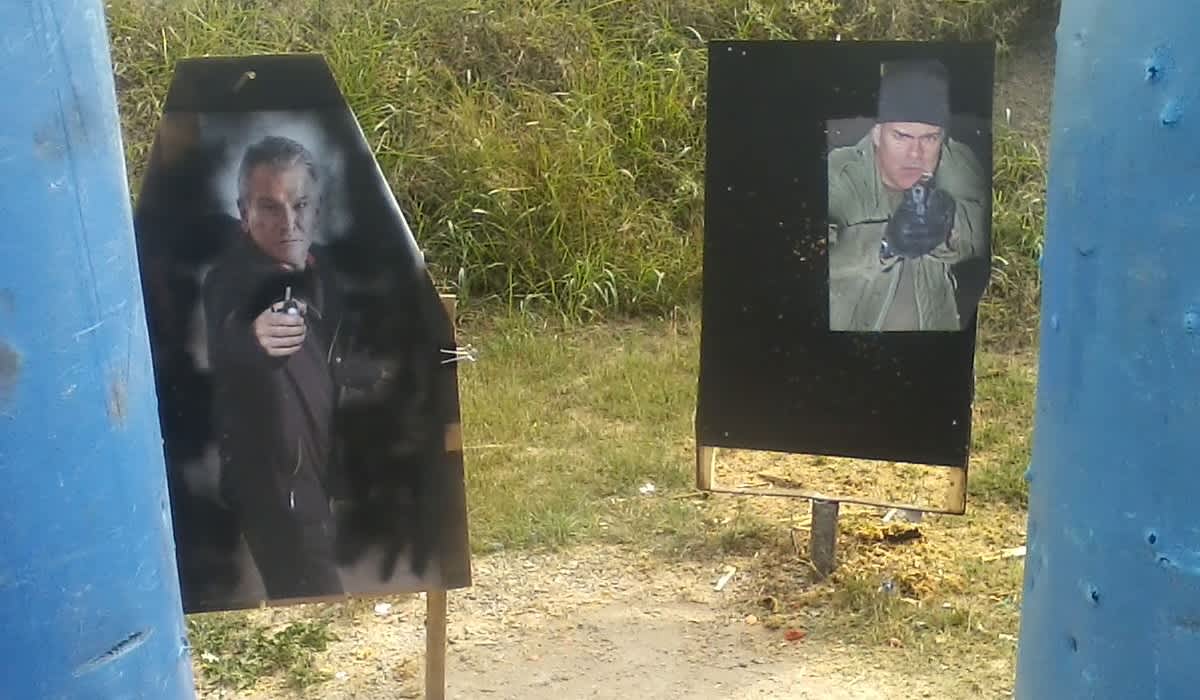
In last week’s post I discussed Phase 2 of progressive pistol training. This week let’s move up the scale to Phase 3 – Situational Pistol Training. Understand, this is basically a reasonable formula for teaching progressive skills to students who are serious about dedicated pistol training. It may not be everyone’s approach, but it has worked well for me over the years with hundreds of students. As always, if you can avoid or escape a confrontation altogether you should.
Darkness and Use of a Flashlight
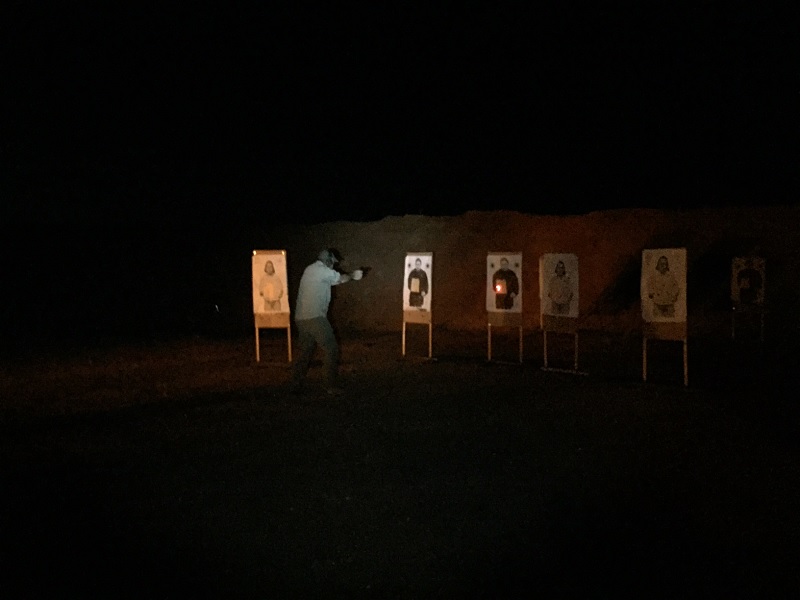
Over 50 percent of defensive encounters occur in reduced lighting, whether indoors or outside. I strongly encourage all students to carry a good flashlight all the time. One of my top choices is the Streamlight Protac 2L. Aside from the need to identify a threat there are many uses for a flashlight as an everyday carry item, but that is a discussion for another time.
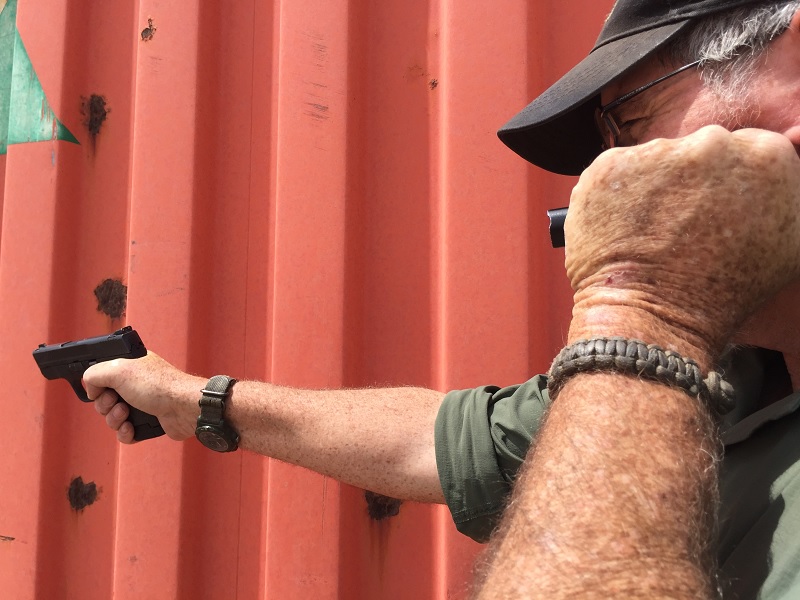
Use of a handheld light and shooting at the same time requires structured training but the techniques are very simple and can be mastered with practice. The Harries, a back of hand to back of hand technique, and the neck or jawline index, a one-handed shooting method, are both easily learned. There are other techniques of course but these are two of the most widely used. Either way, dim light shooting needs to be a part of your pistol skills toolbox.
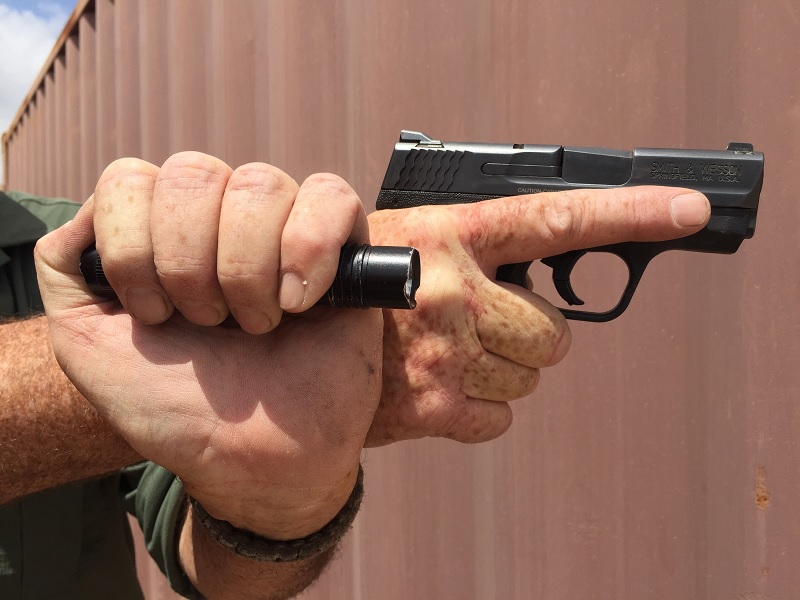
Extreme Close Quarters Shooting
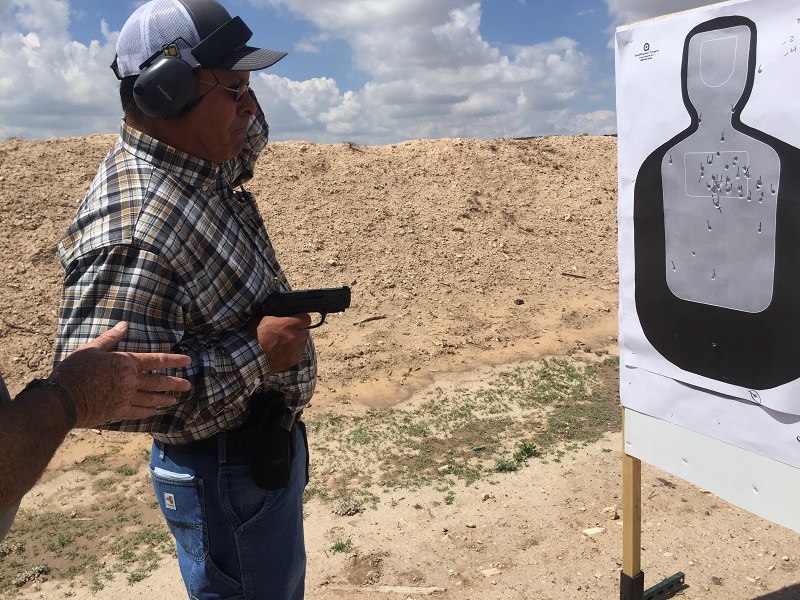
This topic would initially seem to be very simple. However, in the event an attacker is already within arm’s reach it may not be feasible to draw to a two-handed shooting position. Instead we teach a weapon retention one-handed shooting position. As the name “weapon retention” implies, this technique is also optimal for keeping your sidearm away from the attacker and still being able to utilize it. Essentially the pistol never leaves your side once it has been drawn and shots fired once the sights are oriented onto the target.
This technique obviously requires some slow and precise practice, preferably with a good instructor who is skilled at its use. Finger discipline is an absolute with this method as with all shooting.
Multiple Threats and Threat ID
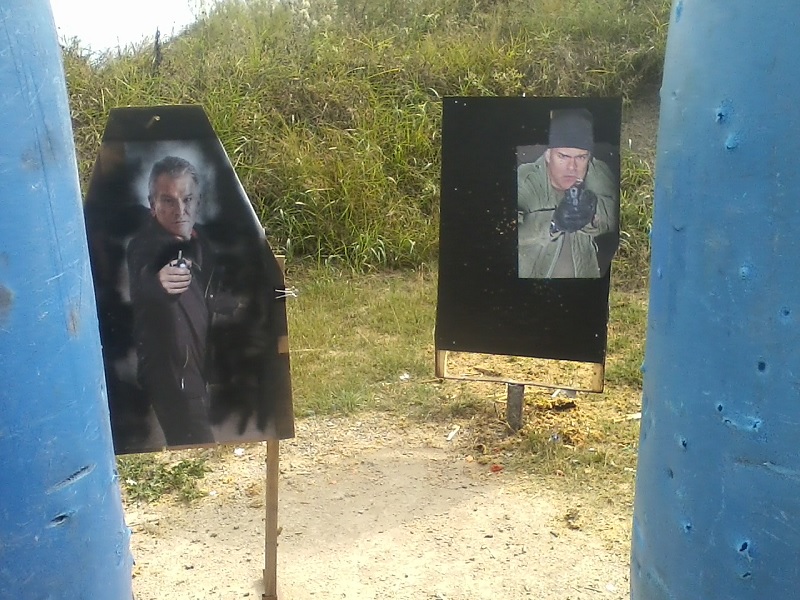
Another fact in deadly force encounters is that there are often multiple attackers. Statistics indicate about 50% of the time, where there is one thug there is sure to be another. At some point in your defensive pistol skills training it’s wise to add in multiple threats and threat identification. In other words, shoot and no-shoot targets. You must be able to articulate the threat or threats before shooting, so incorporate this into your training. Generally, the closest and most immediate threat would be dealt with first. Once you are sure that the first threat is stopped, scan your environment for additional threats. A hard scan in all directions also helps open up the tunnel vision you are sure to have developed in any life-threatening encounter.
How many shots on any given threat or target? Generally, a minimum of two shots, but realize additional shots may be necessary. Practice by mixing up the number of shots fired. In a real world encounter you are only trying to stop the action of the attacker, nothing more.
Stress and Reality-Based Training
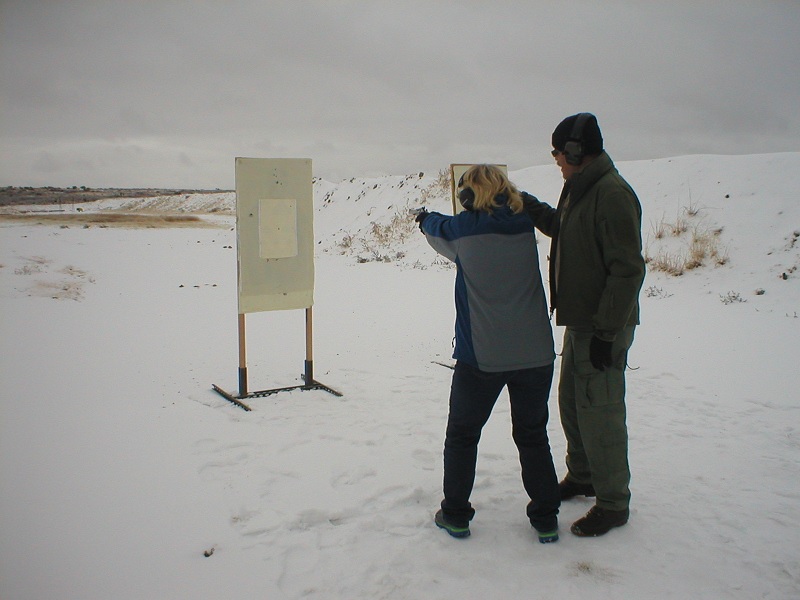
Reality-based training is without a doubt one of the best training methods that you can employ. It is best to seek out a trainer or company that provides this type of training in a safe environment with the proper equipment. I have utilized it for years as both a student and instructor. Another title you could give this type of training is “stress inoculation training”.
Essentially, you and perhaps a companion are placed in encounters based on real-world scenarios. You then are forced to make split second decisions based on the circumstance involving another live human being. The event may only require good verbalization skills or moving away from the threat quickly if possible. Or it may require an immediate show and use of force. Guns used in this type of training obviously cannot be capable of firing live ammunition; however they do fire a projectile. Usually airsoft or a colored, soft projectile are used. Ultimate Training Munitions is one example of such a product. In essence, you are coming as close to a real confrontation as possible without really being in one. The scenarios can be based on your lifestyle, places of frequent visit (church, café, gas station, etc.) and may include indoor, outdoor and dim light settings.
Normally after each scenario the instructor will discuss your reactions and offer constructive feedback. You will discover a lot about yourself, how you see things, and how you react while under duress. Reality based training does another thing for you, develops a winning mindset. Being defiant and refusing to become a victim may in the end be the difference between living or dying.
I have heard arguments from other trainers that most concealed carry students will never pursue additional pistol skills and that the training regimen I have recommended over the last few weeks will fall on deaf ears. I must admit there is some truth to that logic. That is okay, everyone has a right to defend themselves in any way possible if need be.
But then there are some that want to take their skills to the next level while always hoping they will never have to put them to use in the real world. Remember, good training and skills are priceless even though you hope and pray you never will have to use them. Train hard and train well.

